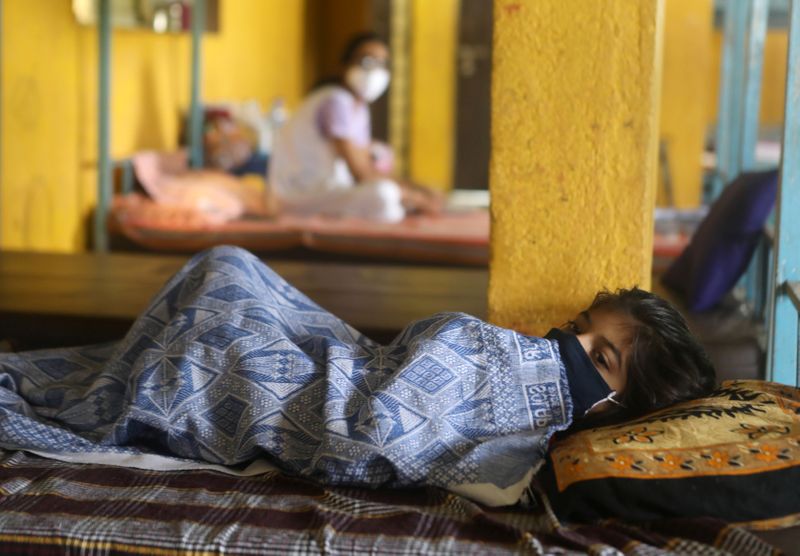BENGALURU (Reuters) – Health officials in India’s richest state have urged authorities to step up preparations against a possible third wave of coronavirus infections, they said on Friday, as lockdowns eased less than a month after a surge that killed thousands.
India’s second most populous state of Maharashtra lifted many curbs this week in its cities, such as the financial capital of Mumbai, re-opening malls, movie theatres and gyms at 50% capacity and freeing offices from staff attendance limits.
“We should have a clear plan, and keep our preparations ready for the next few weeks, whenever the next wave comes,” Rahul Pandit, a member of the state’s COVID task force and a director of Fortis Hospitals Mumbai, told Reuters.
“Our efforts should be directed in delaying the wave as much as we can, and even try to prevent it.”
A Reuters poll of medical experts showed a third wave of infections is likely to hit India by October, and although it will be better controlled than the last outbreak, the pandemic will remain a public health threat for at least another year.
Maharashtra, the epicentre of India’s second wave, has yet to fully emerge from it, Pandit added, after having gone into lockdown in early April as the surge pushed sparse healthcare facilities to breaking point.
As media broadcast images of large crowds in markets and streets, with virtually no social distancing, India reported on Friday 62,480 new infections over the past 24 hours, with deaths at a two-month low of 1,587.
But India, along with Brazil, is one of the countries reporting the highest seven-day daily average of deaths.
Maharashtra, with 9,830 new infections overnight, accounts for about a fifth of India’s total of 29.76 million infections. Its death toll stands at more than 116,000.
Crowds and traffic also filled streets in other cities, from the capital of New Delhi to the southern tech hub of Bengaluru, though experts cautioned that a race to resume business activities could compromise vaccination efforts.
“The government on its part has to ramp up vaccination to reach a target of 10 million jabs a day and also unleash a blitzkrieg about the advantages of vaccination to overcome vaccine hesitancy,” said Harsh Mahajan, president of Nathealth, a grouping of private healthcare providers.
Although India is the world’s largest vaccine producer, it has managed to inoculate only a little over 5% of all 950 million eligible adults.
(Reporting by Uday Sampath and Manas Mishra in Bengaluru; Editing by Clarence Fernandez)

















